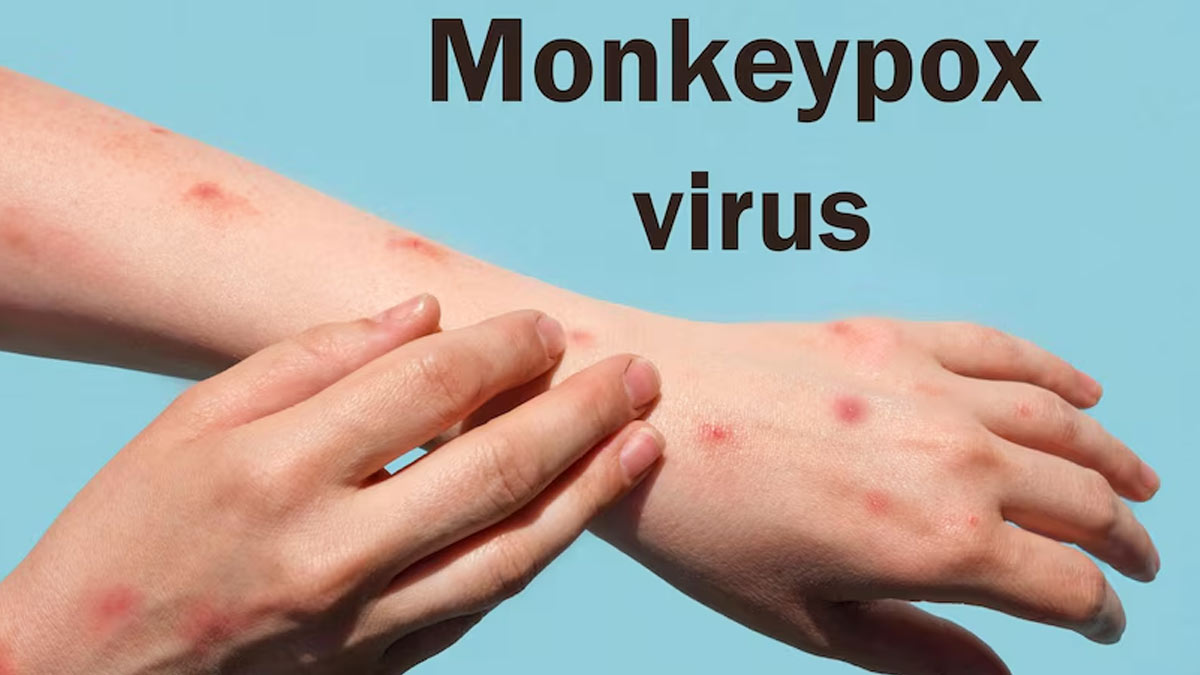
Monkeypox, now commonly referred to as Mpox, has been a topic of global concern since it was declared a public health emergency in August 2024. While its emergence has sparked anxiety, there are also numerous misconceptions about the disease. Let’s dive into the myths and facts about Mpox, with insights from Dr Nazia Dalwai and Dr Roohi Pirzada.
Table of Content:-
What is Mpox?
Mpox is a zoonotic disease caused by the monkeypox virus, which belongs to the Orthopoxvirus genus. The disease is characterized by symptoms such as a skin rash that forms blisters and crusts, fever, swollen lymph nodes, body aches, and profound weakness. According to Dr. Nazia Dalwai, “Monkeypox is a zoonotic disease caused by the monkeypox virus. It is characterized by a skin rash, feverish feeling, swollen lymph nodes, and symptoms that typically range between 6-21 days after infection, usually around 6-13 days.”

Modes of transmission: The virus can spread through direct contact with infected individuals or animals, respiratory droplets, and body fluids. “The disease may present with serious complications in young children, pregnant women, elderly, and immunocompromised individuals,” adds Dr Dalwai.
Diagnosis and treatment: Diagnosis is confirmed through PCR testing. For mild cases, home isolation and symptom management, including hydration and proper hygiene, are often sufficient. Severe cases with complications like pneumonia or vision loss require hospitalization.
Common Myths and Facts About Mpox
Despite its prevalence, many myths surround Mpox. Dr Roohi Pirzada helps clarify some of these misunderstandings:
Myth: Mpox is a new disease created in a lab.

Fact: Mpox is not a new disease and certainly not lab-created. It is a zoonotic disease transmitted from animals to humans, typically through contact with infected rodents, pigs, and monkeys.
Myth: Mpox is the same as smallpox, and vaccination for smallpox provides protection.
Fact: Mpox resembles smallpox in appearance but is not the same. Smallpox was eradicated globally by 1980, and while the smallpox vaccine may offer some cross-protection, it does not fully prevent Mpox.
Myth: You can get Mpox from crowded places.

Fact: Unlike COVID-19, Mpox does not linger in the air and does not spread in shared airspaces such as crowded restaurants or stores. Transmission primarily occurs through direct contact with an infected person.
Myth: Mpox is deadly.
Fact: Mpox lesions are typically mild and rarely fatal. The number of deaths from the 2022 outbreak remains in the single digits worldwide, with no reported deaths in the US.
Myth: Mpox is sexually transmitted.
Fact: Mpox can be transmitted during sex but does not require sexual intercourse for transmission. Close contact with an infected person’s rash or being in close household proximity can spread the virus.
Myth: Mpox vaccines are new.

Fact: The Mpox vaccine, known as ACAM2000, was approved by the FDA 15 years ago, demonstrating that preventive measures have been available for quite some time.
Myth: Mpox is related to COVID-19.
Fact: Mpox is not related to the SARS-CoV-2 virus. It belongs to a completely different virus group called Orthopoxvirus, which includes viruses like smallpox but not COVID-19.
Also read: Why Are Children More Susceptible To Mpox? Doctor Insights
Managing Mpox
Dr Nazia Dalwai emphasizes prevention strategies, including maintaining hydration, avoiding unnecessary travel, contact tracing, and adhering to strict hygiene practices. “For mild cases, isolation care at home is implemented as the disease has its own recovery process,” she notes. However, red flags such as breathing difficulties, loss of vision, or altered mental states require immediate medical attention.
Understanding Mpox is crucial to mitigating panic and promoting accurate information. While the disease can be alarming, especially for vulnerable populations, most cases are mild and manageable with proper care and precautions. By debunking myths and focusing on facts, we can better navigate the challenges posed by Mpox and reduce its impact on public health.
Also watch this video
How we keep this article up to date:
We work with experts and keep a close eye on the latest in health and wellness. Whenever there is a new research or helpful information, we update our articles with accurate and useful advice.
Current Version